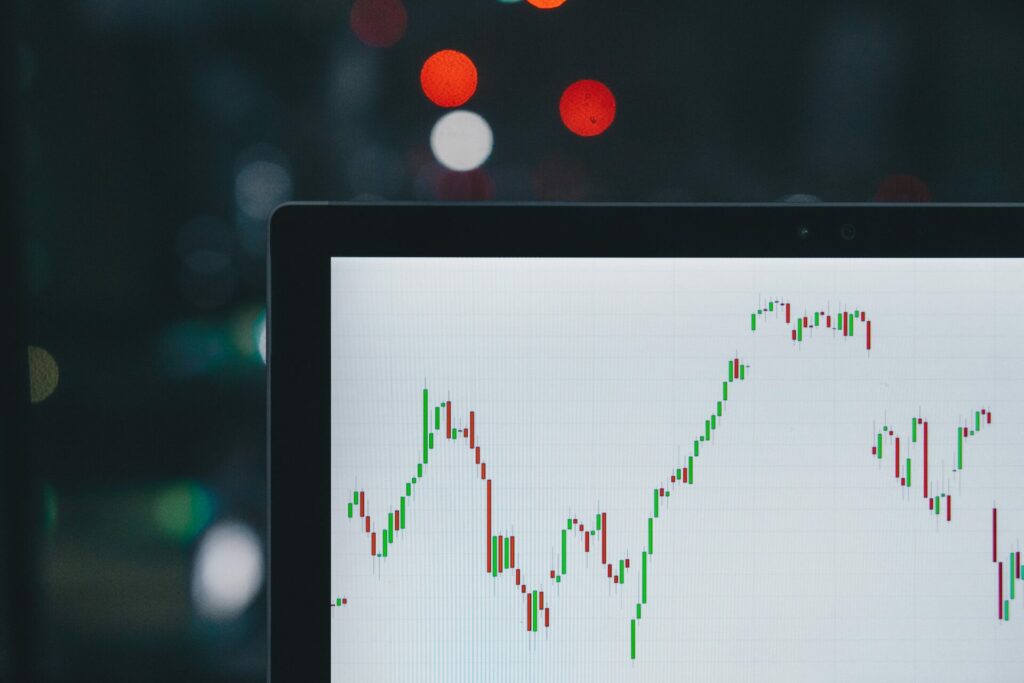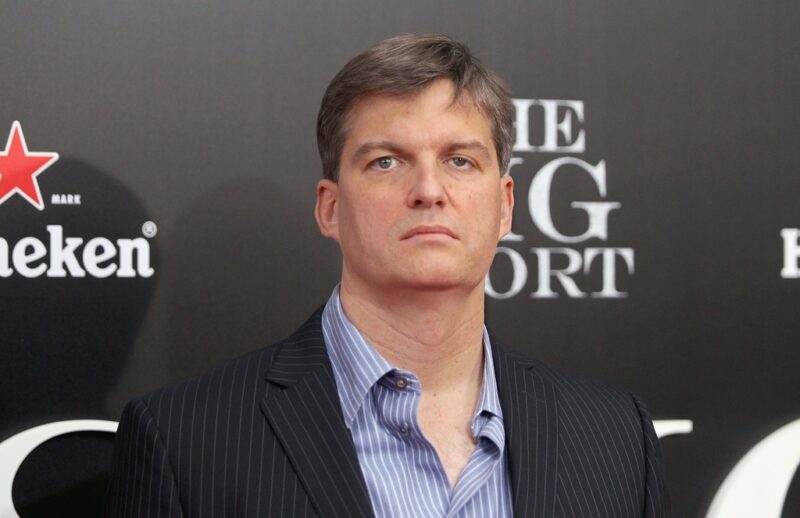Investment manager Michael Burry, the figure immortalized in both the film and the book “The Big Short,” is making waves again. As per recent securities filings, he’s taken a bearish stance on the S&P 500 and Nasdaq 100 Index by the close of the second quarter.
Burry’s Scion Asset Management opted for put options worth a notional value of $739 million against the notable Invesco QQQ Trust ETF and another set of put options worth $886 million against the SPDR S&P 500 ETF. These put options grant investors the right to sell shares at a predetermined rate in the future, generally mirroring a bearish sentiment.

However, there’s some ambiguity. The exact amount the fund shelled out for these put options remains unknown. Regulatory filings don’t necessitate the detailing of options, their purchase prices, or expiration timelines. And since the filings only declare long positions, it’s unclear if these puts were acquired independently or as a facet of a larger, encompassing trade.
A Reminder Of The Big Short
Burry’s claim to fame is rooted in his speculative stance against the U.S. housing market before the cataclysmic 2008 financial crisis. His calculated gamble was brought to life by Michael Lewis in the 2010 non-fictional book “The Big Short”, which was later adapted into a critically acclaimed movie in 2015.
The performance metrics this year for the S&P 500 and the Nasdaq 100 reflect a 17% and nearly 39% increase, respectively. These considerable surges can be attributed, in part, to remarkable growth in leading corporations like Nvidia and Meta Platforms.
According to the recent filings, Burry’s Scion Asset Management divested from stakes in Chinese e-commerce magnates JD.com and Alibaba Group Holdings. Additionally, regional banking investments like PacWest and Western Alliance Bancorp, previously backed in the first quarter, were also relinquished. The firm also shed its 150,000 shares in First Republic Bank. The timeline of this decision concerning the bank’s May 1 downfall, however, remains uncertain.
A Focus on Luxury
Scion’s filing also revealed an increased stake in the online luxury market, RealReal Inc, which has witnessed a near 100% surge this year. Investments were also diversified into iHeartMedia, HanesBrands, and Warner Bros. Discovery, among other entities.
While iHeartMedia and HanesBrands shares dropped by over 16% this year, Warner Bros. Discovery shares enjoyed a nearly 43% hike. Further diversifying its portfolio, Scion introduced 10,000 shares of the iShares MSCI Japan ETF, which has seen a 13.5% uptick this year.
Michael Burry is known for his dynamic investment strategies. Last year, he gained significant attention for liquidating all his long positions and pivoting to a stake in prison enterprise, Geo Group Inc. Presently, he no longer holds company shares.
Scion Asset Management’s official stances are gleaned from 13-f quarterly filings, which offer a snapshot of the firm’s position at the end of the latest quarter. While these documents provide some transparency, they are historical and might not be indicative of the firm’s real-time posture.
Another Big Short?
“The Big Short” by Michael Lewis chronicles the buildup to the 2007-2008 financial crisis, focusing on a few prescient individuals who foresaw the housing market collapse and bet against it. Key figures include Michael Burry, an eccentric hedge fund manager; Steve Eisman, who grew disillusioned with the mortgage industry; Greg Lippmann, a Deutsche Bank trader; and young investors Charlie Ledley and Jamie Mai.
These protagonists utilized financial instruments called credit default swaps to bet against the surging housing market, which was being propped up by risky subprime mortgages. As these mortgages began to fail, a domino effect rippled through the global financial system, leading to significant bank losses and economic devastation.
However, for those who had bet against the market, massive profits awaited, painting a complex picture of foresight, profit, and ethical dilemmas against the backdrop of widespread financial ruin.
In this instance, it looks like a trader betting against the market yet again, even if it might not be quite at the same scale. Michael Burry’s discerning market moves and the ensuing speculation offer a fascinating glimpse into the intricacies of high-stakes investment. As the narrative unfolds, all eyes will be on the outcomes of these audacious market plays.
WeInvests is a financial portal-based research agency. We do our utmost best to offer reliable and unbiased information about crypto, finance, trading and stocks. However, we do not offer financial advice and users should always carry out their own research.
Read More













